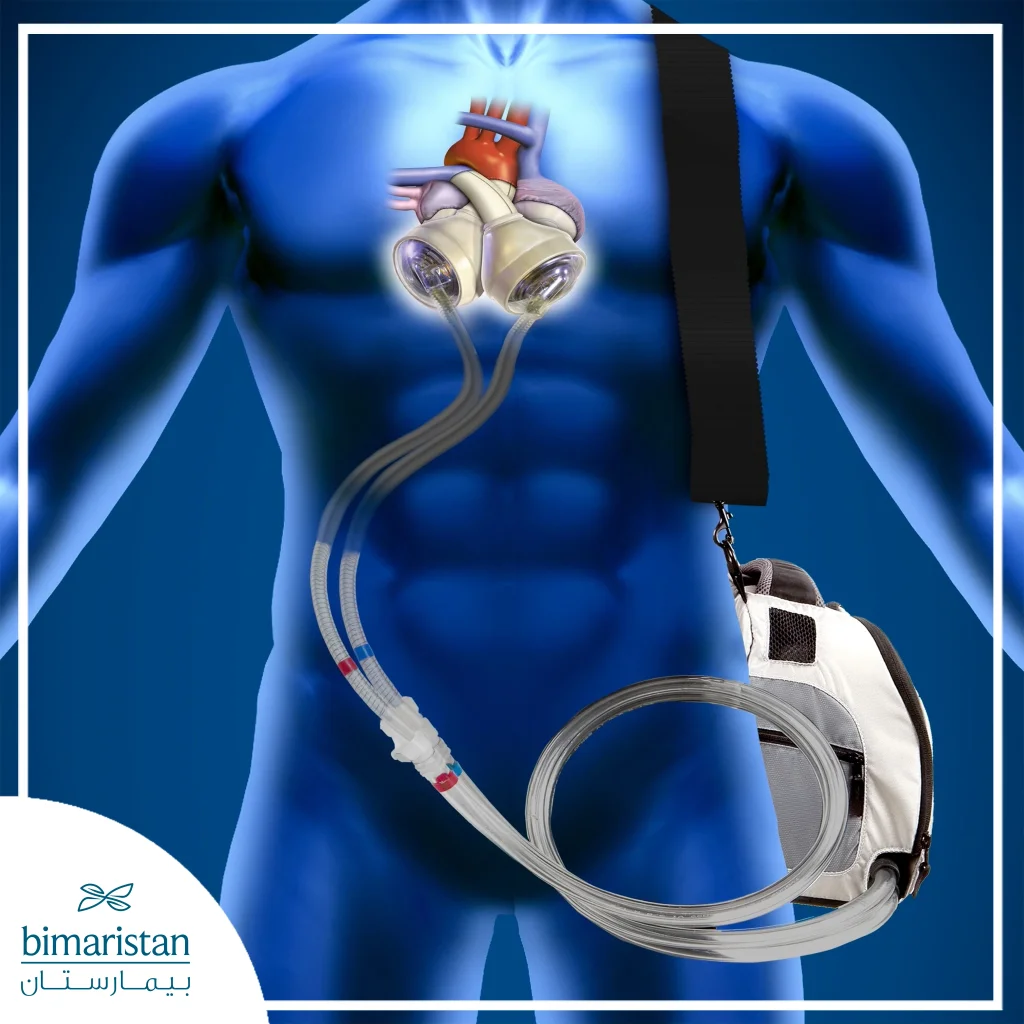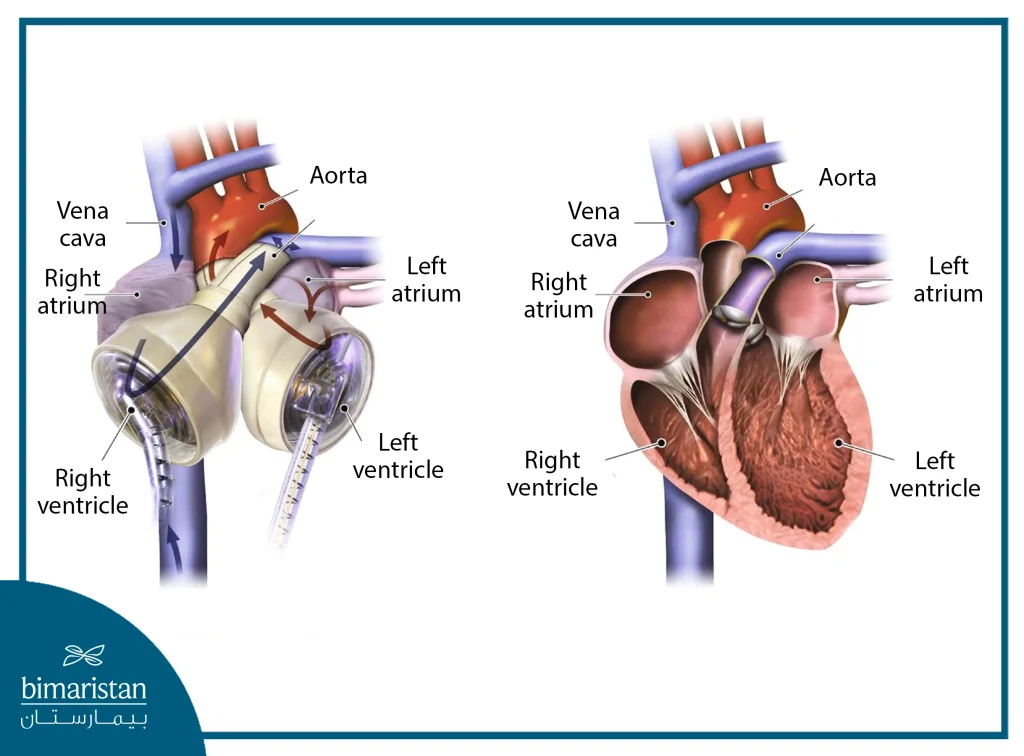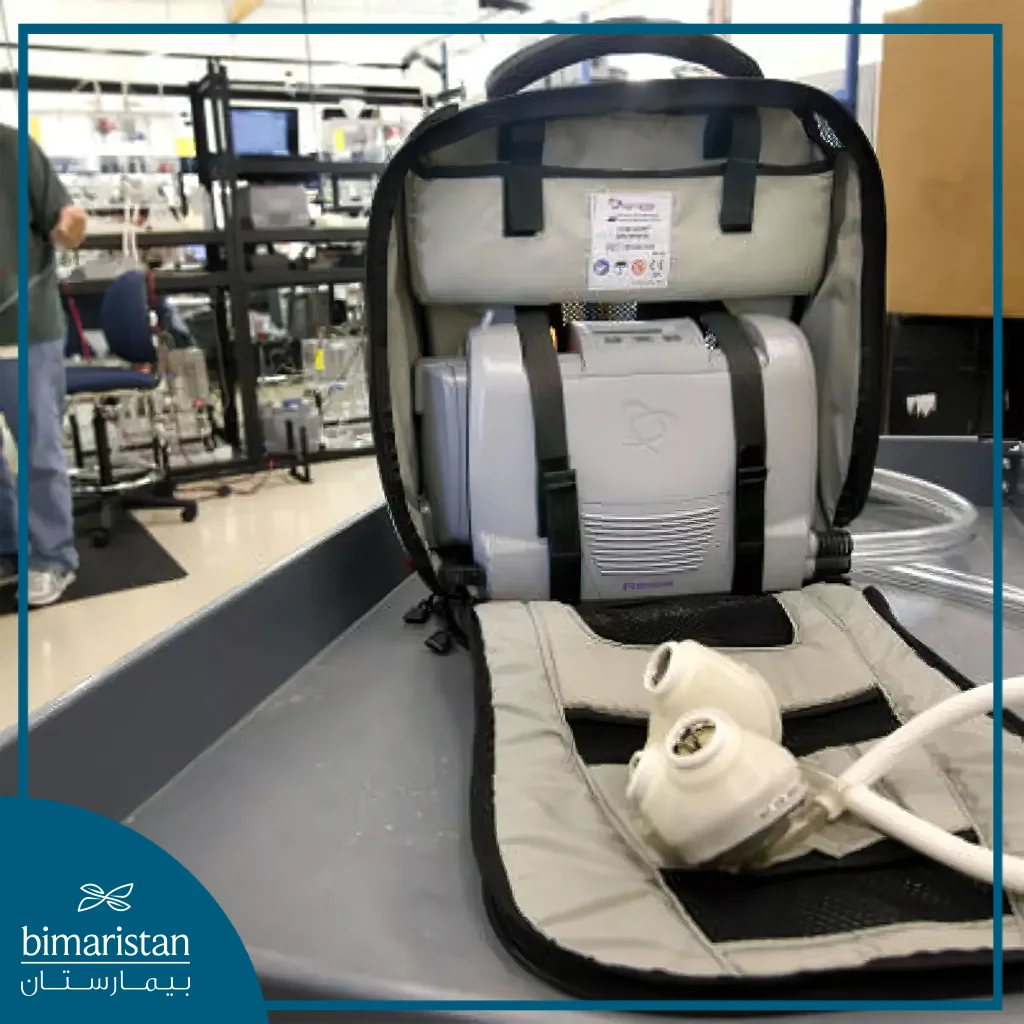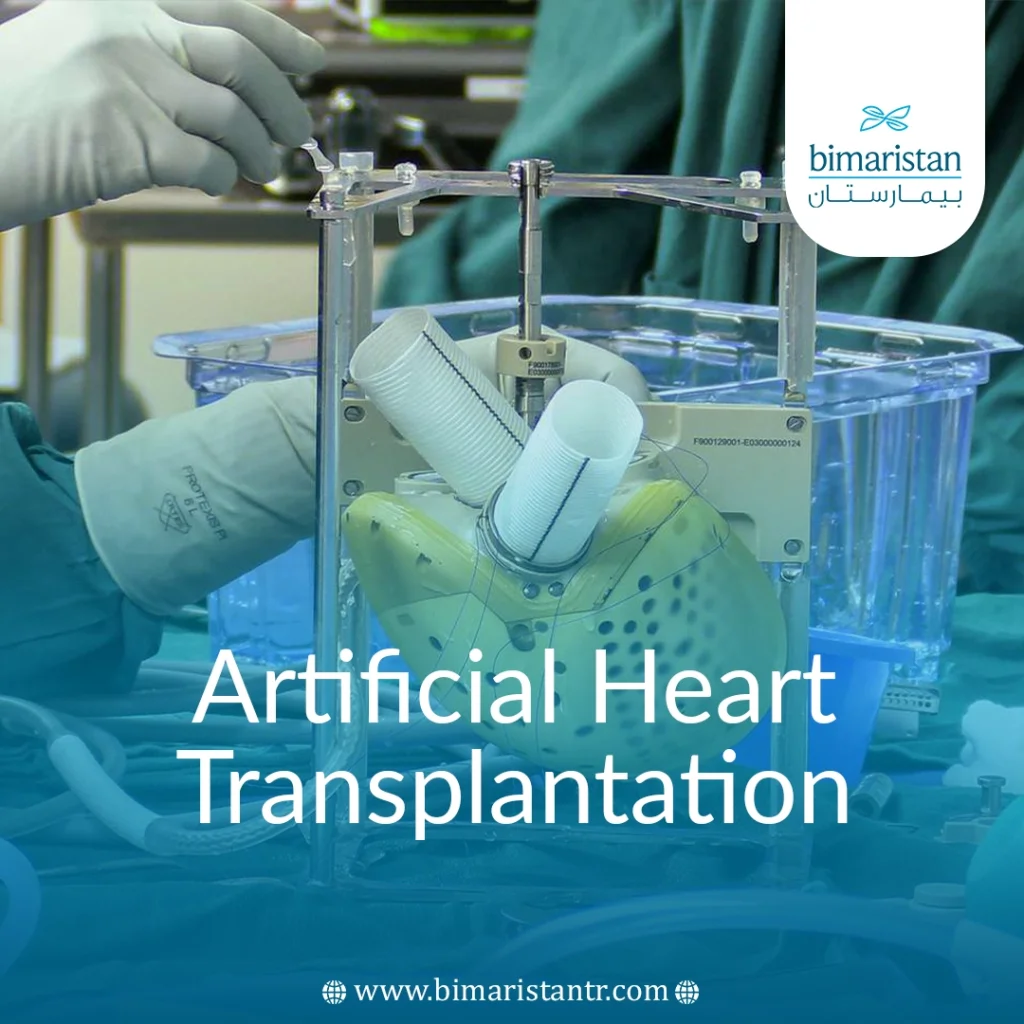Artificial heart device temporarily takes over the heart’s function of pumping blood, ensuring that the body’s organs receive adequate oxygen and nutrients. Artificial heart transplantation in Turkey is performed by the most skilled heart surgeons.
What is an artificial heart?
An artificial heart, also known as a ventricular assist device (VAD), is a mechanical device that temporarily takes over the function of pumping blood instead of heart. It serves as an alternative system to support or replace the natural heart, especially in cases where the heart is too weak to pump enough blood to meet the body’s needs. Artificial hearts are typically used in severe cases of heart failure, either as a bridge to heart transplantation or as a long-term solution when a transplant is not possible.
Currently, temporary artificial hearts are implanted to gain time while a donor heart becomes available for transplantation. Most of these devices are heart assist pumps, known in English as ventricular assist devices (VADs).

The artificial heart should not be confused with the heart-lung machine, a larger device used during heart surgery, for example.
When is an artificial heart used?
A ventricular assist device (VAD) is initially used to buy time for a heart transplant in patients with severe heart disease.
A heart transplant is a last option if medication and other procedures are no longer successful.
These patients are in the final stages of the disease, with a life expectancy of less than a year.
In cases where the heart’s pumping ability becomes critically weak and the patient faces an immediate risk of death, a ventricular assist device (VAD) can be used as a long-term or permanent solution to support or replace heart function.
There can also be severe conditions, such as heart failure, which require an artificial heart.
Heart failure can be caused by heart abnormalities, diseases of coronary arteries (coronary heart disease), heart valve diseases or hypertrophic cardiomyopathies.
Sometimes, mechanical circulatory support is used to help the heart to recover.
The main goal is always to get the heart working on its own again at some point.
How does an artificial heart work?
Generally, today’s artificial hearts are pumping systems that take over a large part of the heart’s function. That is, they are support pumps for the heart.
The artificial heart is called a VAD, which is an abbreviation for (ventricular assist device).
Most often, a left ventricular pump (LVAD) is used to supply the body’s circulation with sufficient blood.
However, there are also devices to support the right ventricle (RVAD), while those that ensure pulmonary blood flow to both ventricles are called (BVAD) for short.
The artificial heart is placed in the chest cavity. The weakened natural heart also contributes to the pumping function.
The artificial pump is directly connected to the left ventricle of the heart and the main artery (aorta) via plastic tubes.
If it is not an LVAD, it is connected to other parts of the heart and blood vessels accordingly.

The device moves blood from the heart chamber to the blood vessels and thus to the organs and tissues by means of a pump mechanism.
There are many other types, some of which have different pumping methods.
Some devices have a pulsating blood pump, and others have a continuous blood pump (e.g., with a small turbine). A battery powers the pump system.
It is controlled and monitored electronically. A cable runs through the skin and is connected to a control device.
In addition to these systems, there are also other variants, such as fully implantable artificial hearts, that lie entirely in the body.
They are only suitable for adults with large chests because they occupy a lot of body space.
A true heart replacement (TAH), i.e., a pump that resembles a human heart, is rarely used instead of the removed heart.
What tests are performed before an artificial heart is implanted?
Various medical tests are performed to diagnose heart diseases.
This includes a medical history and a physical examination.
It is also necessary to perform blood tests, blood pressure measurements, an electrocardiogram, long-term values, and imaging tests such as ultrasound, echocardiography and X-rays.
Further tests must be performed to place the patient on the waiting list for a heart transplant.
How is an artificial heart implanted?
An artificial heart is implanted under general anesthesia.
To access the heart, the chest is opened. A pocket and tunnel for cables under the abdominal skin are created.
The heart-lung machine is connected to the circulatory system, supplying the body with oxygen-rich blood throughout the operation.
A hole is made in the heart chamber through which the feeding tube for the artificial heart system is inserted.
The heart is sewn around the tube, and a output tube is then placed in the main artery (aorta).
The pump is then inserted into the chest. Once the artificial heart is turned on, the heart-lung machine can be disconnected. The chest and abdominal walls are closed again, and a bandage is applied to them.
Possible complications from surgery
A heart-lung machine can lead to serious complications. Primary bleeding, secondary bleeding, infection, and wound and scar healing disorders are possible.
Bleeding in the pericardium or infection in the body cavities can threaten life. The areas where the cables protrude from the body are also at risk of infection.
Blood clots can develop due to the implantation of the heart.
Vascular blockages can also occur, compromising the blood supply to the organs. However, the blood pumping technique fails very rarely.
After the operation
After the operation, the patient is transferred to the intensive care unit and then to the regular hospital ward. He receives appropriate physiotherapy until he can move normally and independently again.
The patient learns from the medical staff how to handle the artificial heart. He has to come to terms with the fact that he has to carry a monitoring device and a cable leading to the artificial heart with him outside the body. The patient must be very careful when washing and bathing, and the device must not come into contact with water. The cable in the skin can be wrapped. The patient is usually given anticoagulant medication.

After the hospital stay, the patient must go for regular check-ups, usually once a week.
Chances of success of the artificial heart
The heart pump improves the blood flow in the body and thus ensures that the organs are adequately supplied with oxygen and nutrients.
The heart muscle will not have to pump as hard and will be much more relaxed.
However, many patients have lived with the device for several years, the artificial heart cannot be a good substitute for the human heart in the long run.
It is possible that blood pumps and the treatments associated with them will be better developed in the future. Then, a heart transplant can be dispensed.
Artificial heart operations are usually performed when other organs are damaged due to the weakness of the heart (such as the kidneys). Therefore, the surgical risks are higher compared to operations performed on healthy patients.
It often takes longer than usual for patients to recover from the operation.
The process of getting used to the artificial heart often lasts for weeks.
The patient can usually spend most of their time at home and, to some extent, go about normal activities like housework, walking, cycling, or even working.
Sources:

